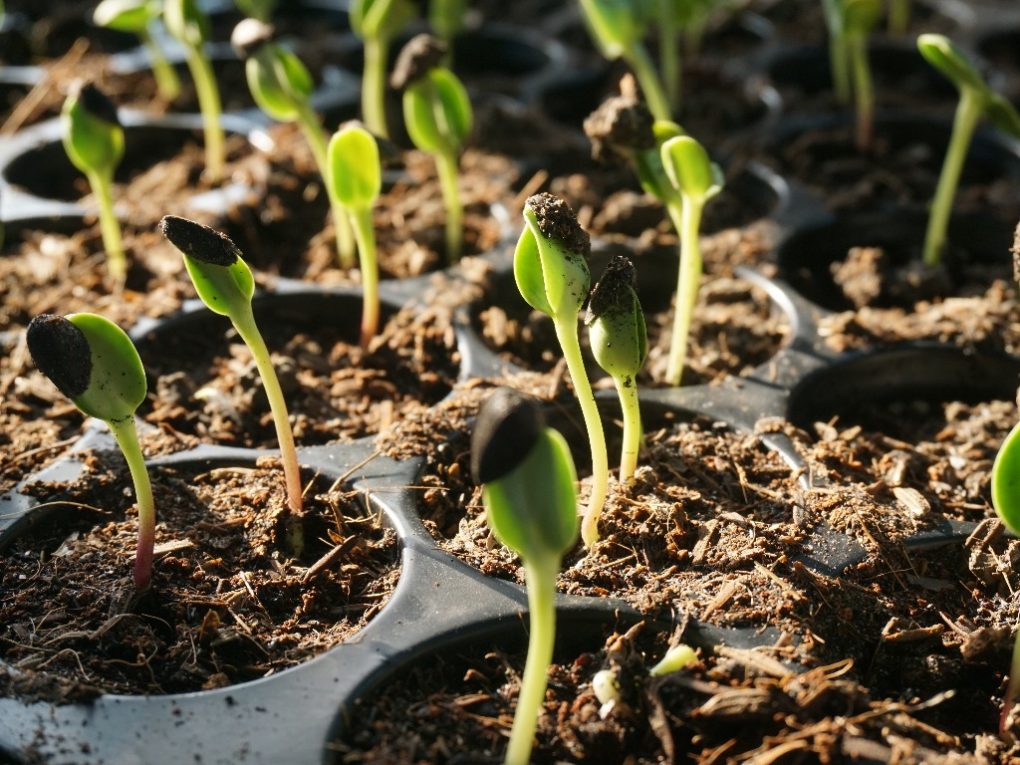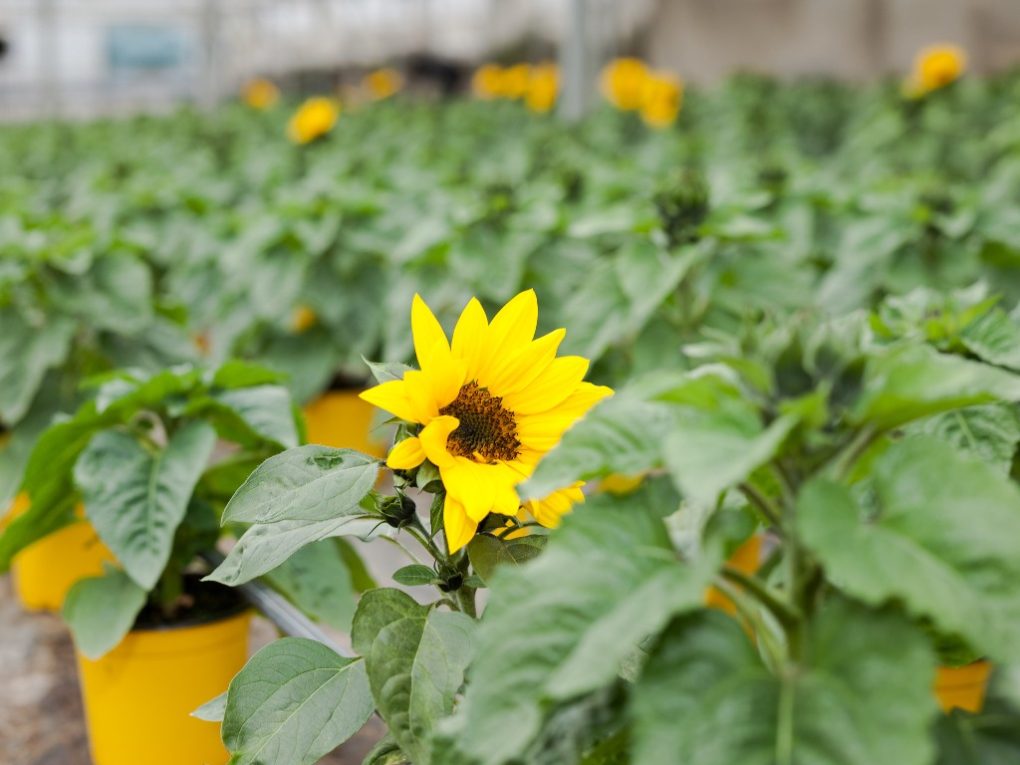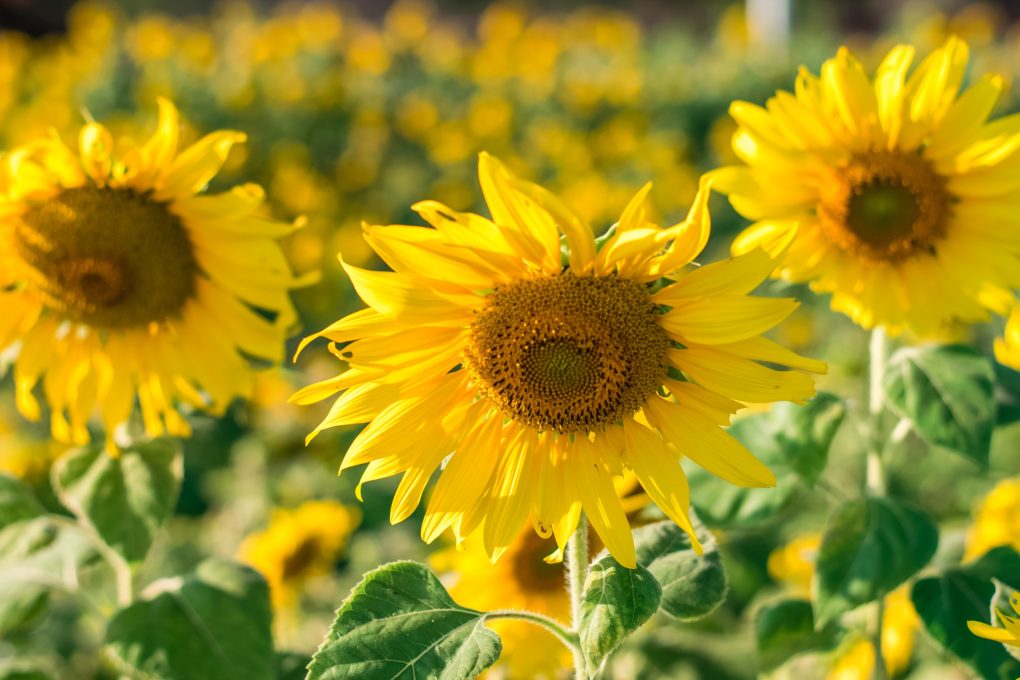Does Sunflower Grow Back: Distinguishing Perennials From Annuals and Tips for Promoting Sunflower Regrowth
Yes, sunflowers can grow back. Some sunflowers are perennials, meaning they live for multiple growing seasons. The question of whether sunflowers can regrow is a common one among gardeners and flower enthusiasts. They will regrow each year from their existing roots or new growth from the soil. Despite this, they may not grow back if damaged or cut down too severely.
Also, most sunflowers are annuals, meaning they complete their life cycle in one growing season. In this case, the sunflowers will die back at the end of the season, but their seeds will fall to the ground and can germinate in the following growing season, producing new sunflowers.
Table of Contents
How to Distinguish Perennial From Annual Sunflowers
Sprouting Time
The sprouting time for sunflowers, both annual and perennial, can vary depending on several factors, such as the specific species, environmental conditions, and planting methods. In general, annual sunflowers tend to sprout faster than perennial sunflowers. Annual sunflowers typically take 10-14 days to sprout from seed, whereas perennial sunflowers can take longer.

However, it’s important to note that these sprouting times are approximate and can vary depending on various factors. For example, factors such as soil temperature, moisture, and sunlight can greatly impact the sprouting time of sunflowers. In addition, some varieties of sunflowers may take longer to sprout than others.
Overall, the sprouting time of sunflowers can be highly variable, and it’s important to follow specific planting instructions for the variety of sunflowers you are growing to ensure the best chance of successful germination and growth.
Blooming
Annual sunflowers typically have a shorter blooming period than perennial sunflowers. They typically bloom for several weeks to a few months during the summer and fall, depending on the variety and growing conditions. Once the annual sunflower has bloomed, it will die back and produce seeds for the next growing season.
Perennial sunflowers, on the other hand, typically have a longer blooming period than annual sunflowers. Depending on the species and growing conditions, they can bloom for several months to several years. Perennial sunflowers may produce multiple blooms throughout the growing season and can continue to bloom for several years if properly cared for.

It’s worth noting that some perennial sunflowers may have a shorter blooming period than others. The length of the blooming period can also be impacted by factors such as soil quality, moisture levels, and temperature. Proper care and maintenance, such as deadheading, the removal of dead flowers, and fertilization, can also help extend the blooming period of both annual and perennial sunflowers.
Growth
Annual sunflowers tend to grow faster than perennial sunflowers. This is because annual sunflowers have a limited lifespan of one growing season and need to complete their growth and reproduction in a relatively short period.
Perennial sunflowers may take longer to establish themselves and reach maturity than annual sunflowers. Instead, they invest more energy in building a strong root system and vegetative growth before producing flowers and seeds. Once established, perennial sunflowers can continue to grow and produce new shoots and flowers for many years, whereas annual sunflowers die off at the end of the growing season.
Some perennial sunflowers may grow slower than others, depending on their species and growing conditions. For example, some perennial sunflowers may take several years to reach their full height and produce flowers. Overall, the growth rate of perennial and annual sunflowers can vary depending on several factors, such as species, environmental conditions, and management practices.
Roots
The roots of perennial and annual sunflowers differ in several ways, including their structure, depth, and function.
- Structure: Perennial sunflowers typically have more extensive and complex root systems than annual sunflowers. The roots of perennial sunflowers may be thicker and more fibrous, with many lateral roots that extend out from the main taproot. The roots of annual sunflowers are generally simpler and thinner, with fewer lateral roots.
- Depth: Perennial sunflowers typically have deeper root systems than annual sunflowers. This allows them better to access water and nutrients from deeper soil layers and to withstand periods of drought.
- Function: The roots of perennial sunflowers serve multiple functions beyond just anchoring the plant in the soil. They also help store nutrients and water, support the above-ground portion of the plant, and aid in vegetative reproduction by forming new shoots from the root system. The roots of annual sunflowers primarily focus on taking up water and nutrients from the soil to support the growth and development of the above-ground portion of the plant.
It is difficult to distinguish perennial sunflowers from annual sunflowers based on their root systems alone. Still, some perennial sunflower species have unique characteristics that make it easier to identify them. For instance, perennial sunflower rhizomes typically form large clumps of rhizomes growing together underground, making it easier for gardeners to identify individual plants.

Care Needs for Regrowth of Sunflowers
Sunflowers can be grown as annuals or perennials, depending on the species, and their care needs for regrowth will vary accordingly. Here are some general guidelines for promoting regrowth in sunflowers.
For annual sunflowers, cut the stem down to about six inches above the ground after the flowers have faded and the seeds have matured. Leave the cut stems in the garden bed to decompose, as they will add organic matter to the soil. Alternatively, you can replace the spent plants with new seedlings or plants. Ensure that the soil is well-draining and has adequate fertility for optimal growth.
Regarding perennial sunflowers, cut back the stems to the ground after the foliage has died. Mulch the plant with a layer of organic matter to protect the root system in the winter. Remove the mulch in the spring and prune any dead or damaged stems. Divide the plant every few years to promote healthy growth. As with annuals, ensure the soil is well-draining and has adequate fertility for optimal growth.
